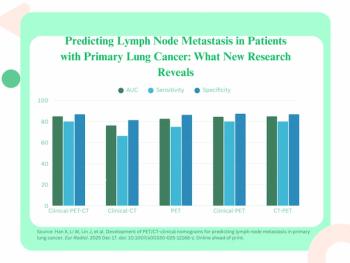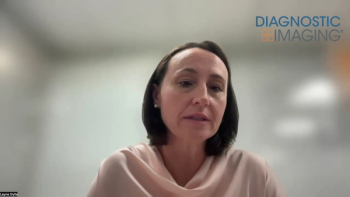
Obese Patients Exposed to Higher Radiation Levels
Increased tube potential for routine scans resulted in an increase of up to 62 percent in organ radiation exposure, compared with normal weight patients.
Increasing tube potential for routine imaging scans may result in significant organ radiation exposure among obese patients, say researchers in a study published on April 6 in the journal Physics in Medicine & Biology.
The small study looked at the issue as it might affect morbidly obese patients, which had not been done before. The researchers used 10 phantoms, ranging from 23.5 kg/mg2 (normal weight) to 46.4 kg/m2 (morbidly obese). The
“When a morbidly obese patient undergoes a CT scan, something known as the tube potential needs to be increased to make sure there are enough X-ray photons passing through the body to form a good image,” said Dr. Aiping Ding, of Rensselaer Polytechnic Institute and lead author of the study. “So far, such optimization has been done by trial and error without the use of patient-specific quantitative analysis.”
If the tube potential was not increased, the chest, abdomen and pelvic organs received 59 percent less radiation compared with normal patients, potentially negatively affecting image quality. However, a forced change of operation parameters resulted in an increase of up to 62 percent in organ radiation exposure, compared with normal weight patients.
Given that the prevalence of overweight and obese individuals has increased markedly over the past couple of decades, an increasing number of obese patients will need radiologic exams.
Software has been developed and will enter clinical testing this summer, said Professor X. George Xu, the senior corresponding author of the study said. “Such a tool could be used to analyze radiation exposure trends in a clinic and to study how to optimize the image quality for a large population of patients.”
Newsletter
Stay at the forefront of radiology with the Diagnostic Imaging newsletter, delivering the latest news, clinical insights, and imaging advancements for today’s radiologists.



























